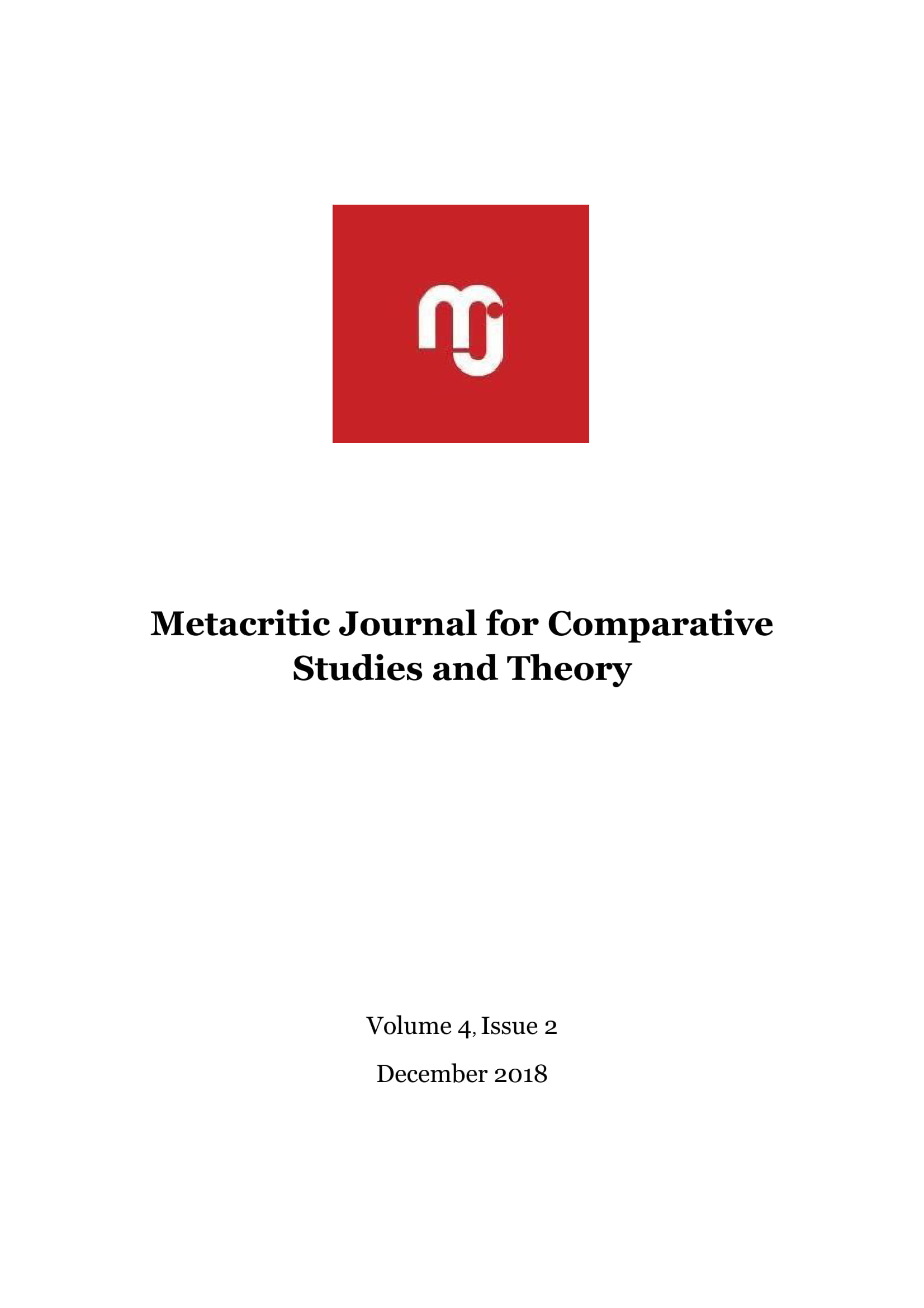From Small Things to Big Symbols. Transgressability of Borders in Arundhati Roy’s Works
From Small Things to Big Symbols. Transgressability of Borders in Arundhati Roy’s Works
Author(s): Júlia-Réka VallasekSubject(s): Language and Literature Studies, Studies of Literature, Comparative Study of Literature, Other Language Literature
Published by: Universitatea Babeş-Bolyai
Keywords: India; Arundhati Roy; subcultures; postcolonial; neocolonial;
Summary/Abstract: While Arundhati Roy’s first novel, The God of Small Things (1997) mostly focused on the tragic outcomes of the rigid Indian caste system and found its place in the tradition of Marquezian magic realism and Salman Rushdie’s mythical and exotic portrayal of India, her second novel offers a complex description of a divided society. The Ministry of Utmost Happiness (2017) bears the mark of Roy’s vast experience in the field of political and environmental activism, her militant approach towards social injustice. The new novel is a patchwork of narratives focused around two main characters, the transsexual Anjum and Tilo, the ever revolting architect involved in the civil war in Kashmir. In the description of both hallucinatory violence and small, gentle moments of harmony and cooperation, Roy portrays the divided, postcolonial/neocolonial India where conflicts are constantly emerging on religious, political, social and sexual levels. Borders seem impossible to cross when the conflict is thoroughly interiorised like in the case of the Delhi hijras, or has grown uncontrollable like in the civil war for Kashmir’s independence, yet they prove transgressable in the characters’ everyday practice.
Journal: Metacritic Journal for Comparative Studies and Theory
- Issue Year: 4/2018
- Issue No: 2
- Page Range: 161-174
- Page Count: 14
- Language: English

